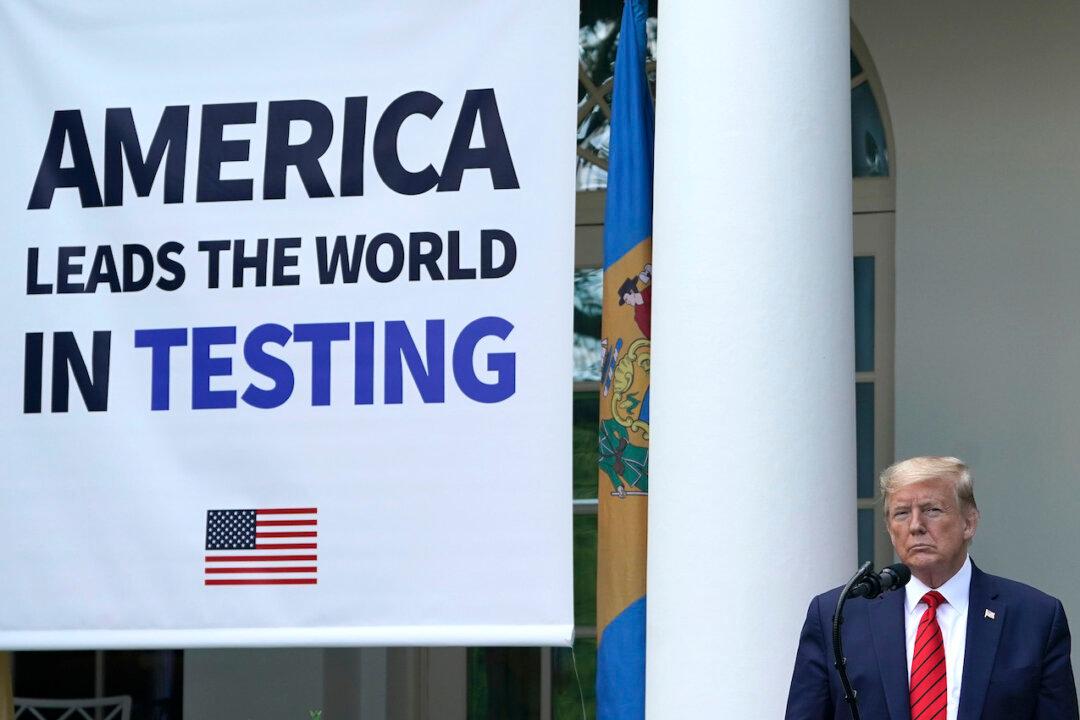The United States has conducted more than 9 million CCP virus tests and has become “the world’s leader in coronavirus testing,” the White House stated on May 11, with President Donald Trump heralding the achievement as a key element of the administration’s plan to safely reopen the country.
“We built the most advanced and robust testing anywhere in the world, and we’ve done more testing than any country anywhere in the world,” Trump said.




